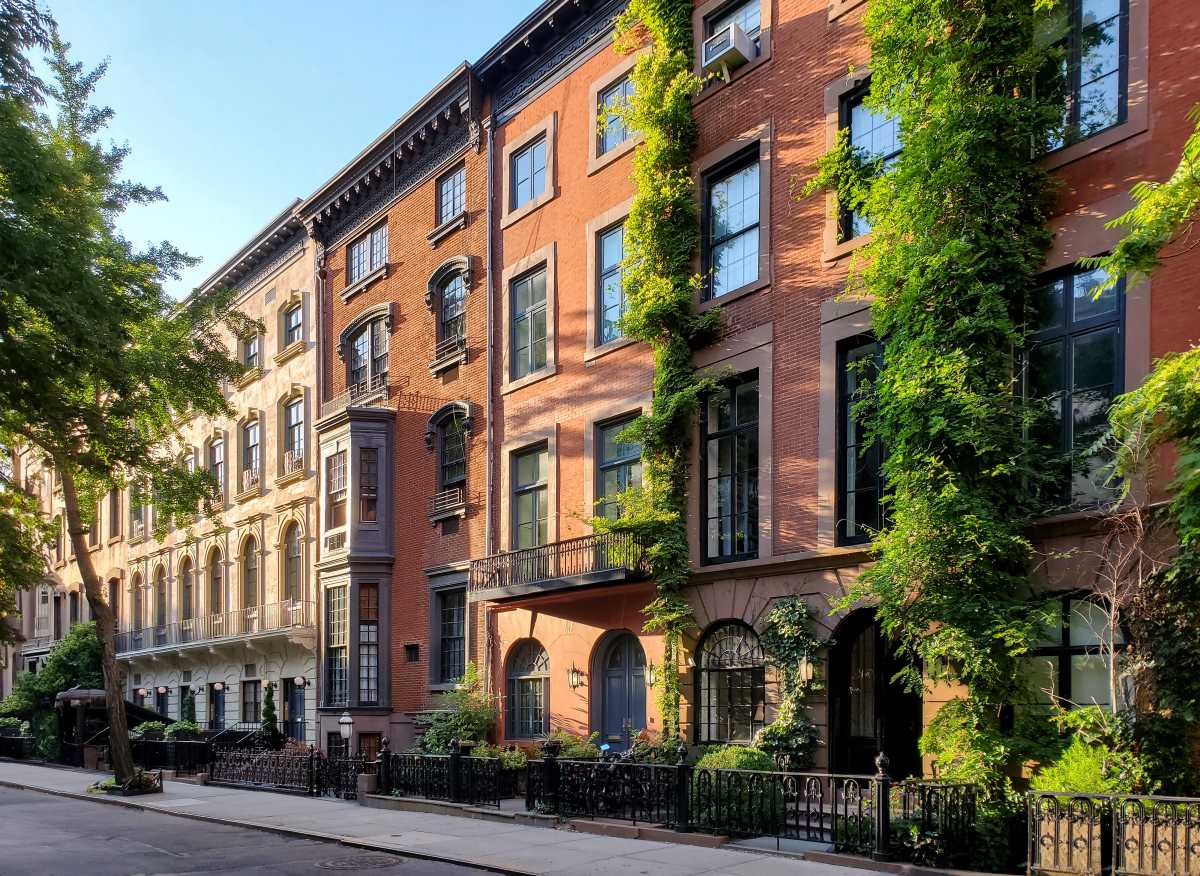After years of working through applications, the city’s first environmental mitigation bank is open for business and will begin to offer credits to developers who would otherwise need to do restoration work when building along the waterfront.
With approval from federal regulators, the city will begin fixing a roughly 54-acre patch of wetland marshes in Saw Mill Creek on Staten Island’s western shore this fall. The roughly five-year, $12.5 million restoration project will generate nearly 13 credits that the city may sell to developers, with each credit typically covering one acre of restoration work. The city expects to get at least $1.5 million per credit, which it will put toward administering the environmental mitigation bank and reviving Saw Mill Creek.
“Establishing a mitigation bank at the Saw Mill Creek marsh is an innovative solution to a complicated problem,” said James Patchett, president and CEO of the city’s Economic Development Corp., which will oversee the bank with the Parks Department. “The restoration of over 50 acres of tidal wetlands will create hundreds of jobs and revitalize the city’s waterfront, while accelerating future development projects.”
Although the Saw Mill Creek initiative is technically a pilot program, the city believes relying on mitigation banks will allow it to undertake larger, more impactful environmental projects.
Currently, when developers cannot avoid impacting the habitat, they spend a lot of time and money scouring the city for properties where they can spruce up an area comparable in size to the environment they have disrupted, resulting in what the city calls small, piecemeal environmental work.
The Real Estate Board of New York, the chief lobbying organization for landlords, has been supporting the pilot program for years.
Robert Pirani, director of the New York-New Jersey Harbor & Estuary Program working to protect the area’s waterways, said the mitigation bank model would allow the estuary to see the benefits of environmental work upfront.
Pirani said the credits could be beneficial for small boat yards and other initiatives that have a minimal impact on the environment, but do not come with an easy, equitable restoration option.
“I’m hopeful the city would use it in that way,” Pirani said, noting that he did not believe the credits would be appropriate for large projects that harm a sizable swath of nearby habitats.
Some environmentalists are skeptical the pilot will play out as the city expects.
Protectors of Pine Oak Woods, a Staten Island environmental group, opposed the project when testifying before the City Council because it believed the restoration would harm the thriving flora and fauna in Saw Mill Park without providing additional storm resiliency benefits.
And Marcy Benstock, executive director of the Clean Air Campaign, argued the whole idea of the mitigation bank did not make sense, given that it is difficult to replicate any given habitat in another location, and that if done, wildlife from the original environment will not know to migrate to the new alternative. She viewed the project as paving the way for rapid development along the city’s waterfronts, including in flood zones.
“Squandering public funds for an environmental mitigation bank that won’t … serve its stated purpose and that will result in putting more people in harm’s way by sitting development in the wrong locations is irresponsible,” Benstock said.
Max Taffett, the EDC’s vice president of ports and transportation, said the city would not have a more precise timeline for executing the first credit sales until it received responses to the formal request for feedback from potential purchasers it issued last week.
That document mentioned the possibility of offering options to buy the credits at a later date or allowing credit holders to sell them to another private party, with approval from the city and other regulators. But Taffett said the city would not allow for a “secondary market” for the credits or allow them to be used speculatively.





































